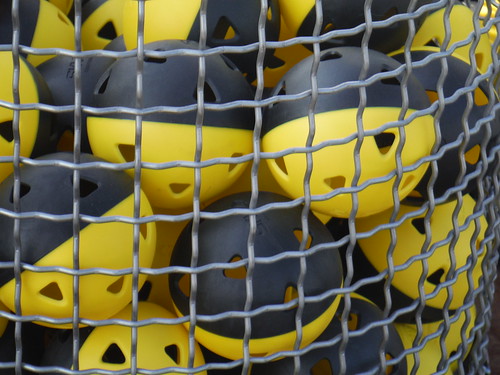Flip a rain garden 90 degrees and what could you get? Something both striking and functional.
One beneficiary of the District’s Green Infrastructure Grant Program is the Striebinger Block building on West 29th Street in Ohio City.
The 1919 building boasts a “living wall” that is fed by rainwater collected from the roof and held in ground-level cisterns. During dry weather, the water is pumped up to plants mounted on the brick façade. Catch basins at the bottom of the wall also capture and recirculate water back to the cisterns.
The Living Wall joins other District-funded green infrastructure projects in Ohio City, including rain gardens at Transformer Station (also on W. 29th) and the nearly-completed West Side Market parking lot. Together, these projects are taking advantage of Ohio City’s redevelopment activity and great soils to promote on-site stormwater management and reduce stormwater in the combined sewer system.
Story by Yolanda Kelly and Michael Uva
RELATED NEWS:













